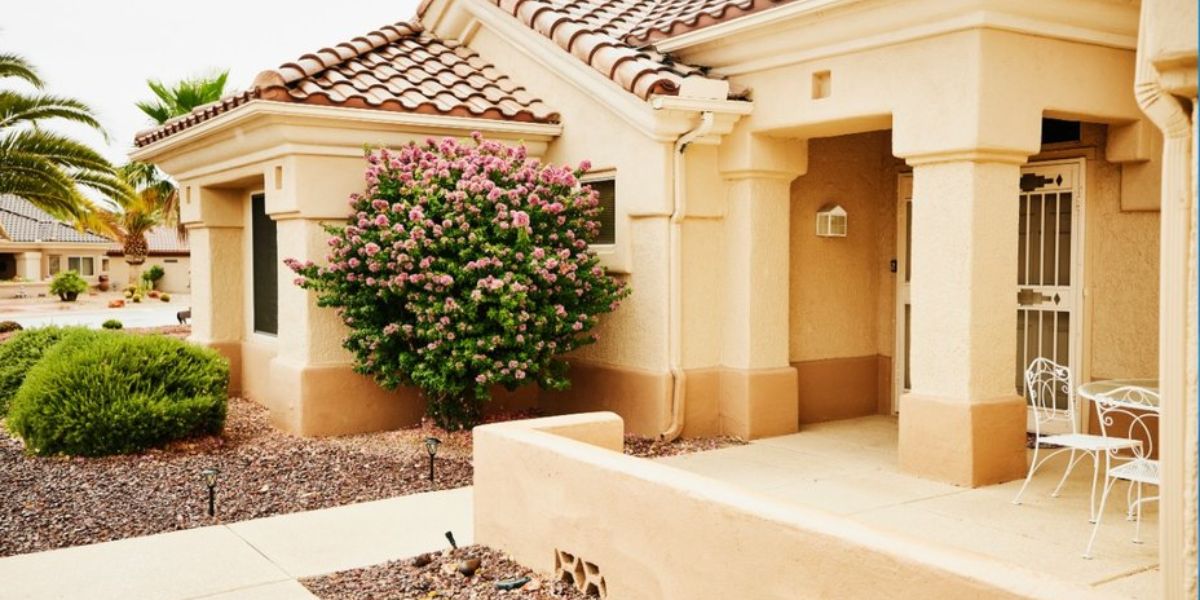Sioux Falls, SD – With no statewide rent control in place, South Dakota remains one of the most landlord-friendly states in 2025. This means that landlords can raise rent by any amount, provided they follow the state’s notice requirements. For tenants across Sioux Falls, Rapid City, and other growing communities, understanding these laws is essential to avoid unexpected financial strain.
Below, we break down the rules, rights, and recommendations every renter should know about South Dakota rent increase laws in 2025.
No Rent Control in South Dakota
Unlike states such as California, New York, or Oregon that enforce strict rent caps, South Dakota does not regulate the amount or frequency of rent increases. Landlords can raise rent as often as they choose, and there is no legal maximum percentage or dollar limit.
This landlord flexibility often means tenants face rising costs, especially in high-demand areas where housing supply struggles to keep up with demand.
Required Notice for Rent Increases
Even though there is no cap on rent hikes, South Dakota law requires landlords to give written notice at least 30 days before a rent increase takes effect.
- The rule applies whether the lease is month-to-month or ending at a fixed-term.
- Written notice is mandatory – emails, texts, or verbal communication are not legally valid.
- If a landlord fails to provide proper notice, tenants may legally refuse the rent increase until the requirement is met.
This notice requirement provides tenants with time to adjust their budgets or seek alternative housing.
Can Rent Be Raised During a Lease?
For tenants on a fixed-term lease (such as a 12-month lease), the rent amount is locked in unless the lease agreement explicitly allows for increases during the term.
In most cases, landlords must wait until the lease ends before introducing new rental terms. For month-to-month tenants, however, landlords may adjust rent more frequently, provided they meet the 30-day notice rule.
No Limits on Frequency or Amount of Increases
Perhaps the most challenging aspect for tenants is that South Dakota law places no restrictions on how often or how much rent can be increased.
- A landlord could technically raise rent multiple times a year if the tenancy is month-to-month.
- In areas with competitive rental markets, tenants may see steep hikes that exceed average income growth.
While legal, such increases must still comply with federal fair housing laws, meaning they cannot be retaliatory, discriminatory, or otherwise unlawful.
Tenant Rights and Legal Protections
According to The Huron Insider, Even in the absence of rent caps, tenants in South Dakota are not without protections:
- Right to Proper Notice – Landlords must provide written notice of increases at least 30 days in advance.
- Fair Housing Protections – Rent hikes cannot be based on race, religion, family status, disability, or other protected categories.
- Protection from Retaliation – If a tenant files a legitimate complaint (such as reporting unsafe living conditions), the landlord cannot respond with an unjustified rent increase.
Tips for Tenants Facing Rent Increases
For renters worried about affordability, there are several proactive steps to take:
- Negotiate a longer lease – Locking in a one- or two-year lease can help secure rent stability.
- Compare local rental prices – Use online listings or consult with local housing agencies to determine if the increase is reasonable.
- Communicate with your landlord – Some landlords may be open to negotiating if they value stable, long-term tenants.
- Seek legal advice – If you suspect an increase is retaliatory or discriminatory, consider contacting a tenant advocacy group or legal professional.
Read Also: Minnesota Rent Laws 2025: How Much Can Your Landlord Raise Rent?
Summary of Rent Increase Rules in South Dakota (2025)
| Rule | Tenant Impact |
|---|---|
| Rent Control | None – no cap on increases |
| Notice Requirement | 30 days written notice required |
| During Lease Term | No increases unless lease allows |
| Frequency of Increases | Unlimited if notice is given |
| Tenant Protections | Fair housing and anti-retaliation laws apply |
Final Thoughts
South Dakota’s absence of rent control in 2025 means renters must be especially proactive in protecting their financial stability. While landlords have wide freedom to adjust rents, tenants still retain key rights related to notice, discrimination protections, and lease terms.
Understanding these laws is the first step in navigating South Dakota’s rental market. For tenants in cities like Sioux Falls and Rapid City, planning ahead and negotiating wisely can help reduce the risks of sudden rent hikes.
Have you experienced a significant rent increase in South Dakota? Share your thoughts in the comments on ibwhsmag.com and join the conversation with other renters.


 by
by 

